When it comes to the surface temperature of planets, distance to the Sun is the main factor, but it’s not the only one. Turns out, the atmosphere (and in some cases geological processes) can have a major impact.
This is why the hottest planet in the solar system isn’t Mercury (the closest to the Sun), but Venus — and the reason has to do with something we’re very familiar with: carbon dioxide.
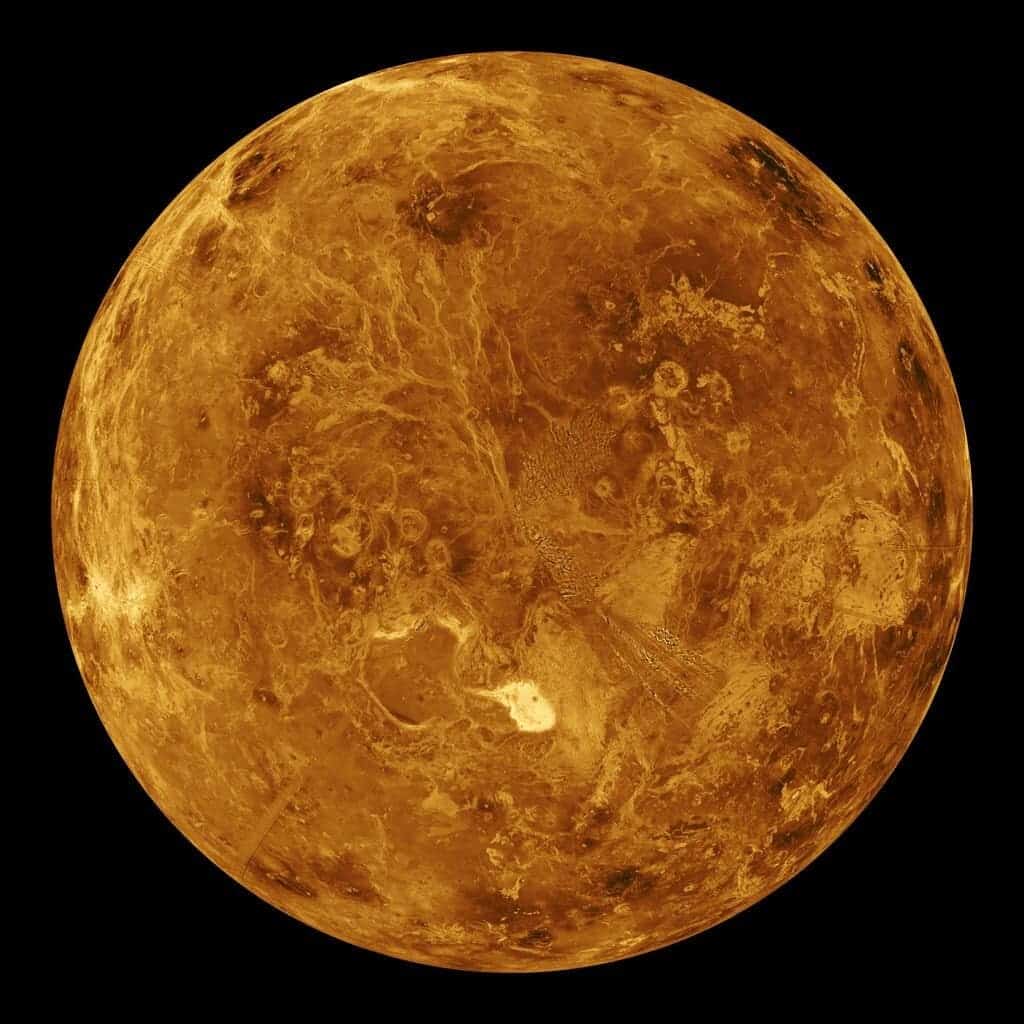
A familiar culprit: greenhouse gas
Venus, named after the Roman goddess of Love (Aphrodite for the Greeks), is not exactly an inviting place. Its scorching surface can reach 880°F (471°C), and if that doesn’t scare you, Venus is riddled with active volcanoes and hot, toxic sulfur fumes.
It’s no surprise that Venus is hot since it’s much closer to the Sun than the Earth. Venus lies 108.93 million km away from the Sun, 30% closer than the Earth. But why is Venus hotter than Mercury, which lies only 59.187 million km from the Sun?
The answer lies in the Venusian atmosphere.
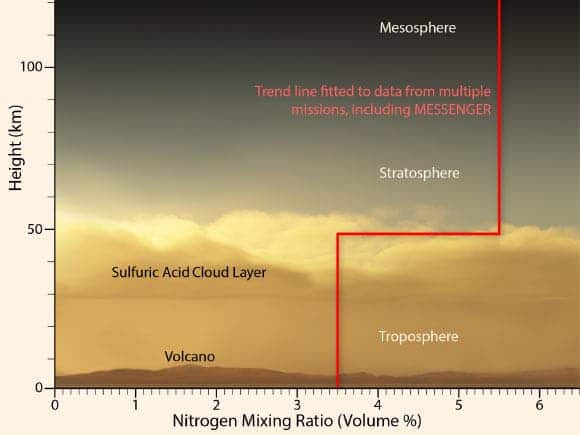
The atmospheric pressure on Venus is 92 times stronger than that of Earth — it would feel like being 900 m (3,000 ft) underwater. This thick atmosphere wraps the planet like a blanket, and to make matters even hotter, the atmosphere is 96% carbon dioxide — which, as you’re probably aware, is an important greenhouse gas and a driver of rising temperatures. In other words, Venus has a runaway greenhouse gas problem that traps heat in the atmosphere.
Meanwhile, Mercury has a very thin atmosphere. Much of the heat that Mercury receives from the sun is quickly lost back into space, whereas heat on Venus doesn’t escape.
It’s a never-ending cycle of heat being trapped inside by carbon dioxide and releasing more carbon dioxide. This is what happens when an atmosphere absorbs too much carbon dioxide: the heat has nowhere to go and it triggers a self-enforcing feedback loop.
This becomes even more obvious when we look at the difference between the maximum temperature and the average temperature.
The day is longer than the year
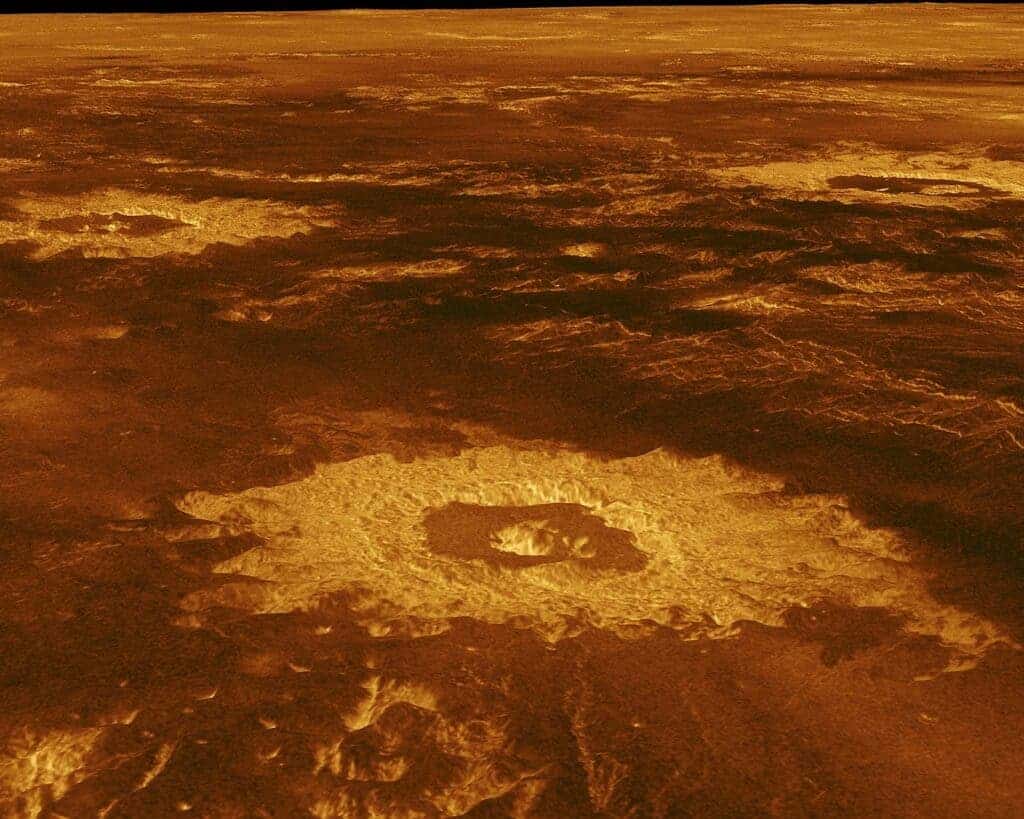
Both Mercury and Venus rotate very slowly; on Venus, a day lasts 243 Earth days, while a year lasts 225 Earth days — the Venusian day is longer than the year.
Because they rotate so slowly, you’d expect the planets to have massive temperature differences between the sunny side and the dark side — and that’s exactly what we see on Mercury. There’s a huge, over 1000 °F difference between day and night. But for Venus, that’s not really the case.
Because Venus has such a thick and greenhouse-potent atmosphere, the temperature is relatively constant on the entire planet. While the hottest temperature on Mercury is close to that of Venus, if we we were to take an average, it wouldn’t even be close.
| Planet / Satellite | Minimum surface Temperature | Maximum Surface Temperature |
| Mercury | -275 °F (- 170°C) | 840 °F (449°C) |
| Venus | 870 °F (465°C) | 870 °F (465°C) |
| Earth | – 129 °F (- 89°C) | 136 °F (58°C) |
| Moon | – 280 °F (- 173°C) | 260 °F (127°C) |
| Mars | – 195 °F (- 125°C) | 70 °F (20°C) |
If Venus didn’t have the atmosphere it does, its night temperature would also be much lower, like Mercury’s — and the average temperature would also be lower than Mercury’s.
Another consequence of this atmosphere is that there’s no ice on Venus, which is hardly surprising given the average temperature. While on Mercury, ice can find shelter in the polar, always-shaded impact craters where temperatures are below freezing. NASA’s MESSENGER mission detected evidence of water ice at both of Mercury’s poles, probably delivered by comet impacts.
Meanwhile, the surface of Venus is extremely dry.
Earth’s twin?
It’s not always clear if the planet was always like this. During its early evolution, Venus likely had liquid water on its surface, but it was ultimately evaporated by ultraviolet rays from the Sun. If, through some magical experiment, you were to create some water on Venus, it would boil away almost immediately. Yet despite all these differences, Venus was once considered Earth’s twin.
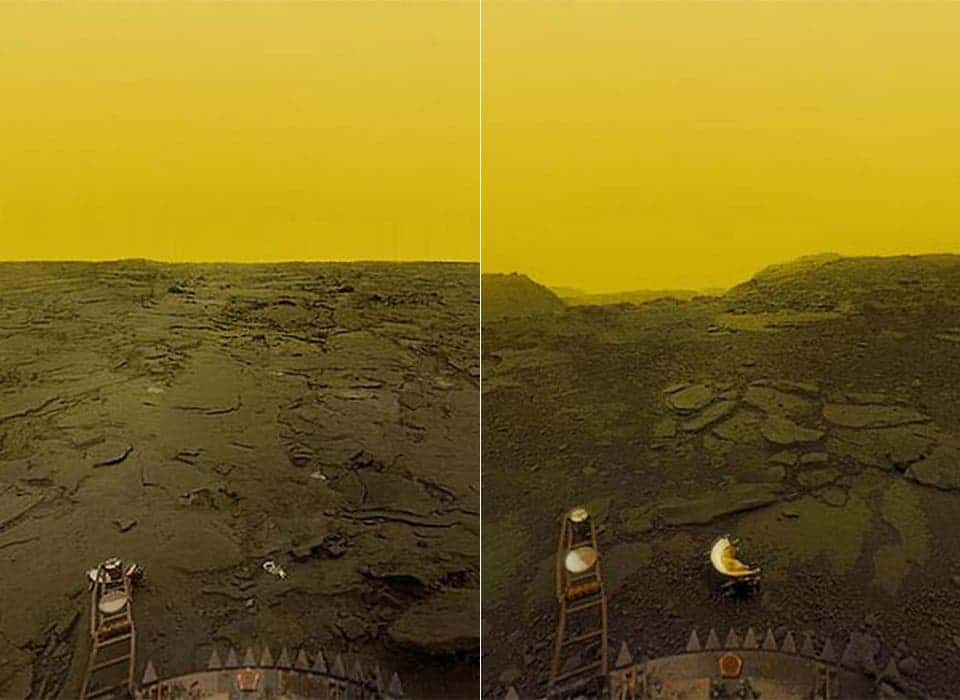
The reason for this is mostly regarding the planet’s size and mass. Venus and Earth, two neighboring planets, are very similar in some regards: Earth has a mean radius of 6,371 km, while Venus has a radius of about 6,052 km. Meanwhile, the mass of the Earth is 5,972,370,000 quadrillion kg, compared to 4,867,500,000 quadrillion kg for Venus. So essentially, Venus is 0.9499 the size of Earth and 0.815 the mass. It also has an atmosphere… and that’s pretty much where the similarities end.
Around 60% of Venus is covered by flat, smooth plains, marred by thousands of active volcanoes, ranging from 0.5 to 150 miles (0.8 to 240 km) wide. Venus features long, winding canals that run for more than 3,000 miles (5,000 km) — longer than any other planet.
The temperature is ungodly, as we’ve already mentioned, the atmosphere is thick and heavy, permanently covered in clouds. Most man-made materials would melt rapidly on Venus, and a human mission to Venus is nothing more than a pipe dream at this point.
Venus also rotates in the opposite direction than the Earth, and as we mentioned previously, it rotates very slowly.
If Venus is Earth’s twin, it can only qualify as its evil twin.
How we study Venus
Up until the 1960s, there was rich speculation that Venus may harbor life forms — but all that dwindled quickly when spacecraft actually started studying Venus.
Studying Venus is no easy feat. In fact, Venus is so inhospitable that many scientists were skeptical that a mission would even be possible. The Soviets sent a few missions to Venus, but the first ones all failed.
Mariner 2 was the first spacecraft to visit Venus in 1962. Eventually, in 1981, the Venera 13 mission finally managed to make it through the hot layers of the atmosphere and land on the surface. It managed to survive for 127 minutes, during which it sent color photos and measurements to Earth.
Then, transmission stopped and Venera 13 melted.
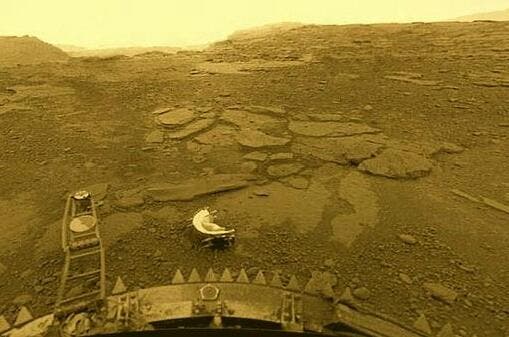
In 1990, the US spacecraft Magellan used radars to map the Venusian surface — an extremely important step, since Venus is always shrouded by sulfur layers that make it impossible for visible light to pass. Magellan mapped 98% of the surface with a resolution of approximately 100 meters and are still the most detailed maps we have of Venus. In more recent times, interest in Venus has decreased and recent missions have only been flybys, taking snapshots of Venus en route to other destinations. The Japanese mission Akatsuki, plagued by problems, is currently studying Venus’ atmosphere.
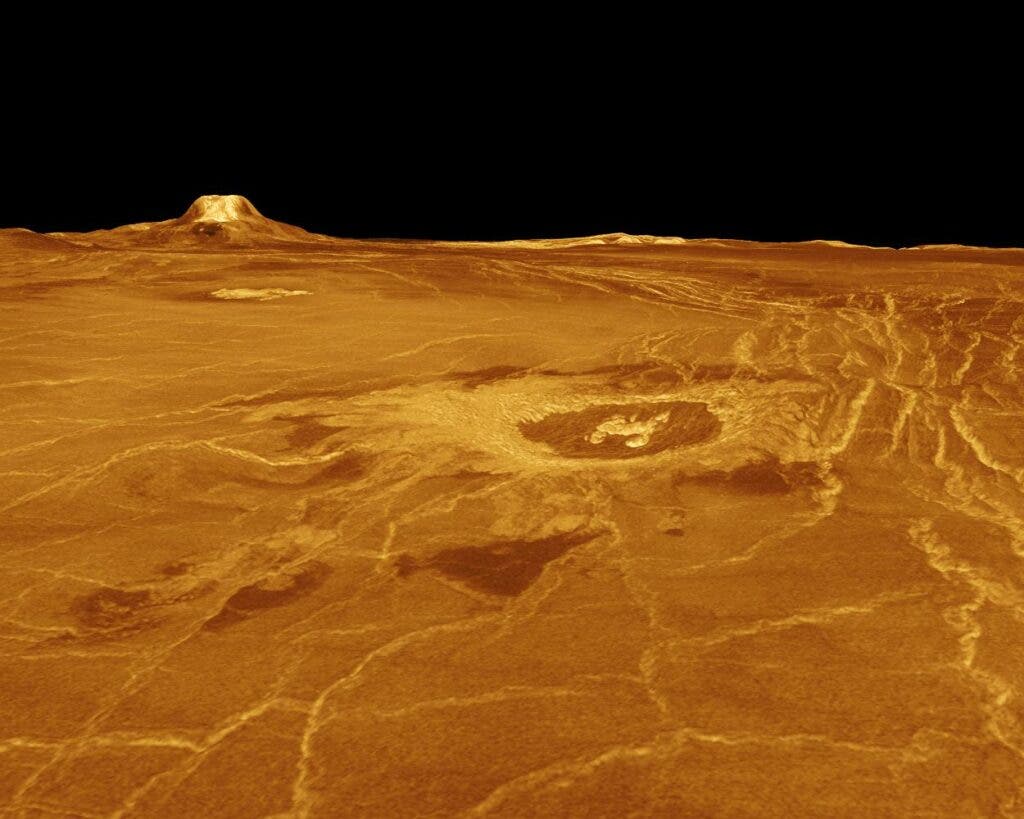
Understanding the atmosphere and atmospheric processes on Venus could help us better understand some of the atmospheric phenomena we see here on Earth.
Venus’ runaway greenhouse effect could show us how the Earth might look in the future if we don’t take climate change seriously. It’s an important lesson on what can happen when a planet has a high carbon dioxide level in the atmosphere. According to recent studies, Venus may have had a liquid ocean and a habitable surface for up to 2 billion years of its early history — an important cautionary tale.
Lastly, although Venus is hellish and inhospitable, some researchers still believe that extremophiles (organisms adapted to extreme conditions) could still survive on Venus. In 2019, researchers proposed that an unexplained absorption phenomenon could be explained by colonies of microbes in the atmosphere on Venus. While far from being a promising place to look for life, it’s still intriguing enough to study.
Venus studies have been great lessons, enabling researchers to better understand other rocky planets, as well as the Earth.
It’s a hot, hellish place — the hottest planet in the solar system. But we can still learn from it.


